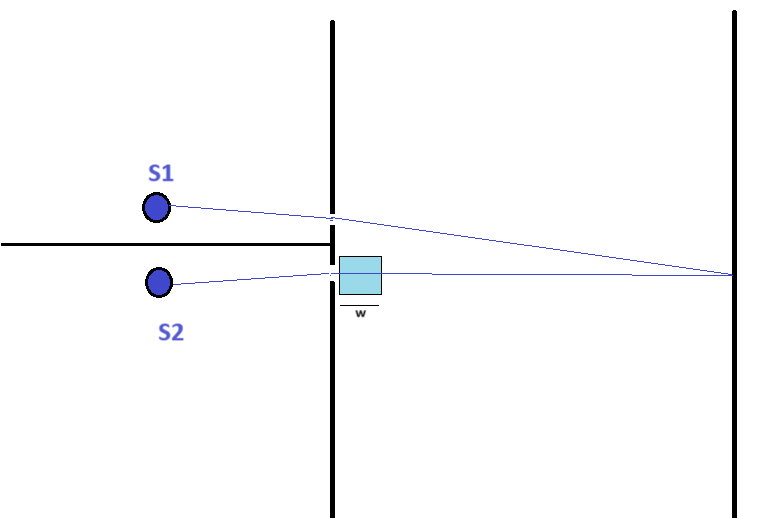Before discussing visible light and electrons I want to point out a particularly vivid example of obtaining interference effect with multiple sources: a phased array
A phased array antenna for transmission of radio waves consists of multiple emitters of radio energy. By coordinating the phase at which emitters are emitting there is effectively a beam of strong signal in a particular direction, as a consequence of the phase distribution.
Each individual emitter acts as a point source of radio waves. Due to interference effects there is a highly specific direction of strong reception of signal.
The simplest setup is to have two emitters of radiowaves. If those two sources emit waves at the same frequency, and they each have a phase that is consistent over time then there will be measurable interference effect.
Radio waves are a part of the electromagnetic spectrum where frequency is comparatively slow. It is well feasible to have to have two or more emitters emit at very close to the same frequency, and with consistent phase.
Note the necessity of consistent phase. If there is a lot of drift in the phase then everything averages out, and then there is no measurable interference effect.
As we know, visible light and radio waves are both part of the total spectrum of electromagnetic radiation. It is indeed possible to obtain interference effect with two independent sources of visible light. The big obstacle is that visible light has such a high frequency that measuring an interference pattern from independent sources of light is very challenging. Only laser technology can come close to emitting with the required frequency consistency and phase consistency. Not all types of laser are suitable: it needs to be a laser type that is optimized for long coherence length. Even with the longest coherence length achievable the recording device must have the ability to take a millisecond snapshot. (Conversely, if the recording device is taking continuous recording over a time interval that is longer than the coherence time of the sources then interference effect, even though actually present, will average out.
Further reading: answer to a 2010 question titled:
Is it possible to observe interference from 2 independent optical lasers?
Electrons
The wavelength of electrons is thousands of times shorter than the wavelength of visible length.
As far as I am aware of there is no process that will result in an electron beam with any coherence length. It seems to me: that renders moot the question whether an interference pattern from two sources can be obtained. If interference occurs it will average out anyway. It seems to me: that means the question cannot be settled with experiment.
About the 'path length adjustment tool' that you added in your diagram:
That path length adjustment is superfluous.
Compare the case of a single source of light, as in a standard double slit setup. Then the effect of adding or removing the path length adjustment tool will result in a sideways shift of the interference pattern as a whole, but either way the distribution of the interference pattern will be the same.
With two sources (with a sufficiently long coherence length, and a detector that collects over a sufficiently short time interval), the same applies: adding or removing the path length adjustment tool will shift the interference pattern as a whole sideways; either way the inferference pattern will obtain. So: presence or absence of the path length adjustment tool makes no difference, either way an interference pattern will be obtained.

